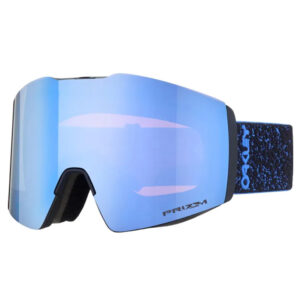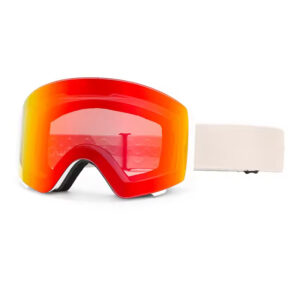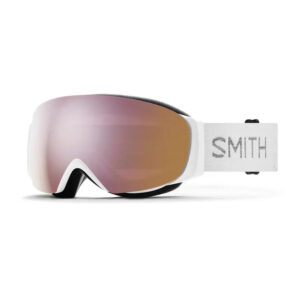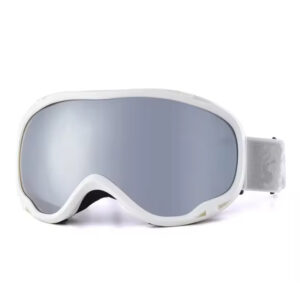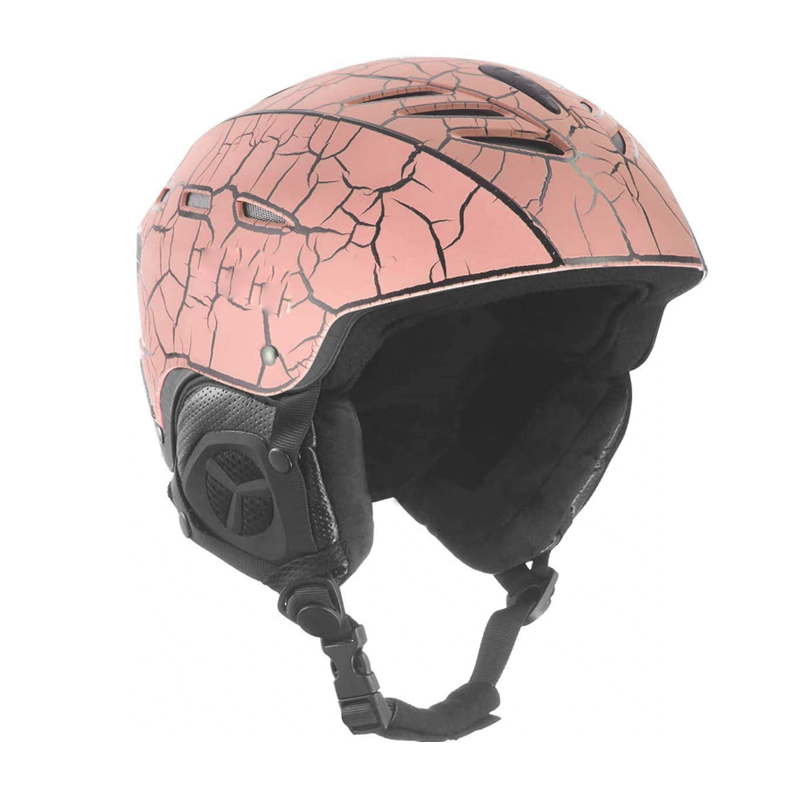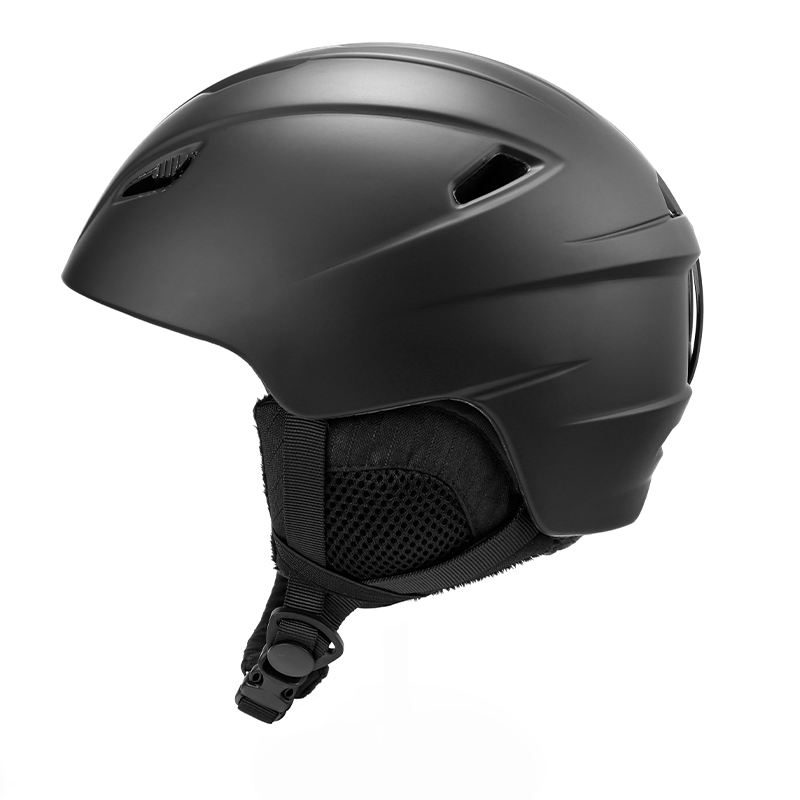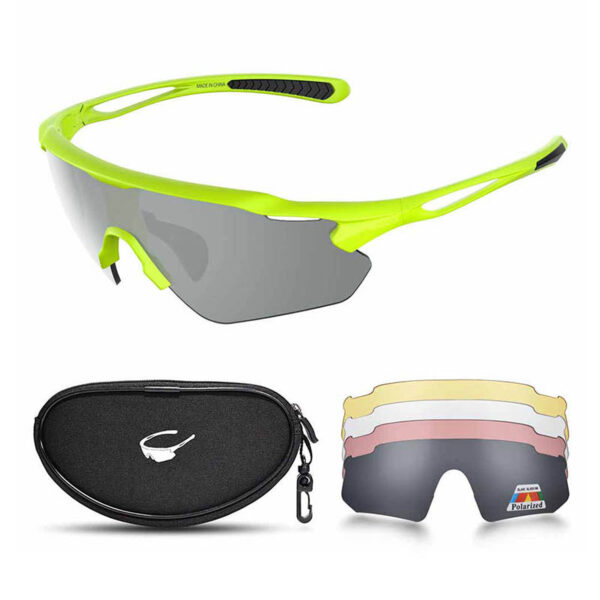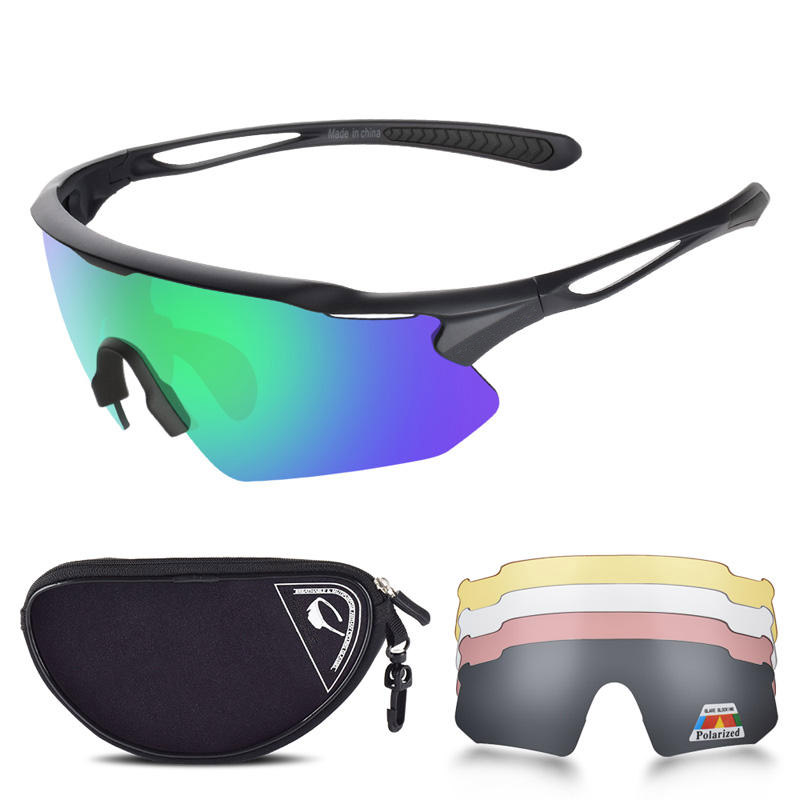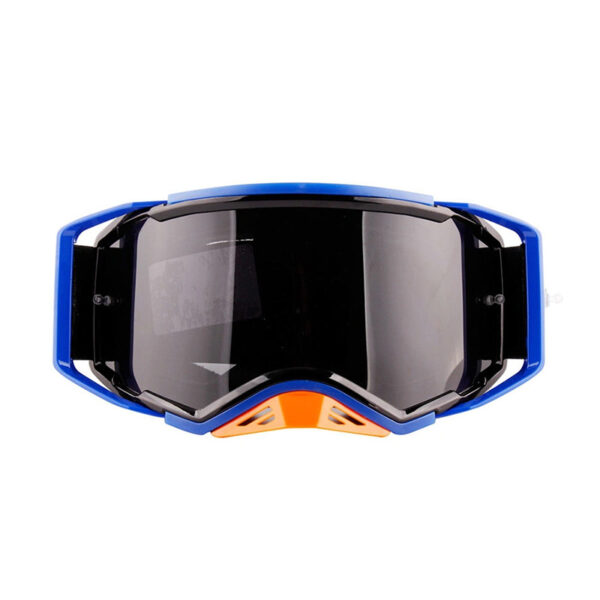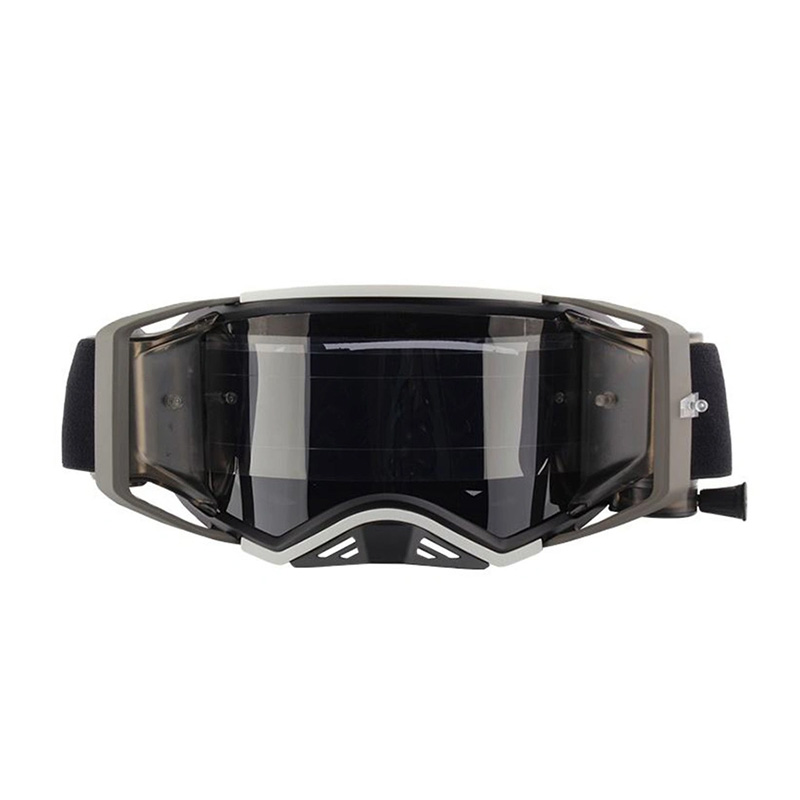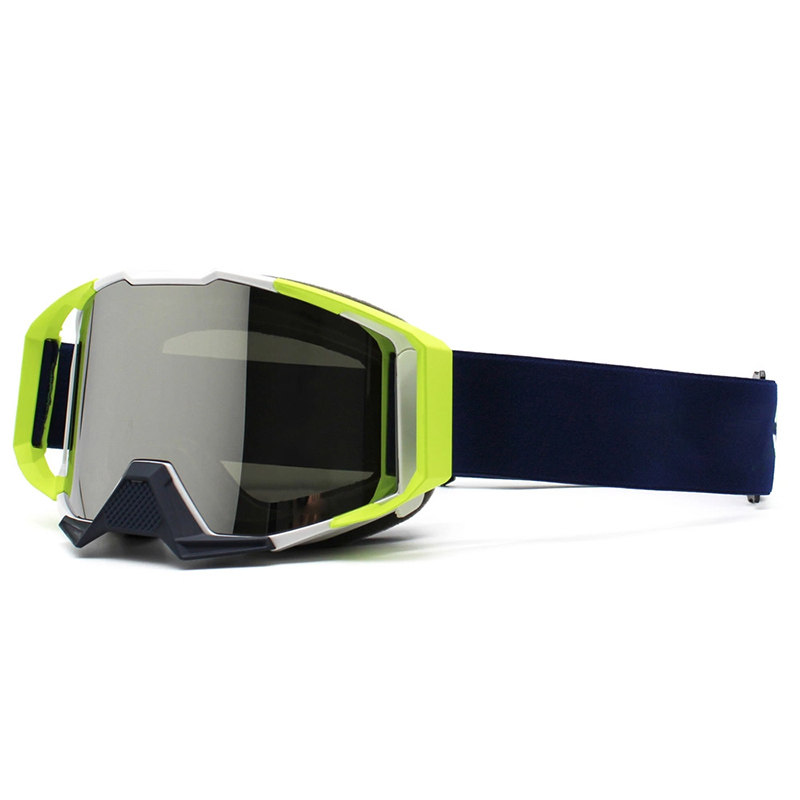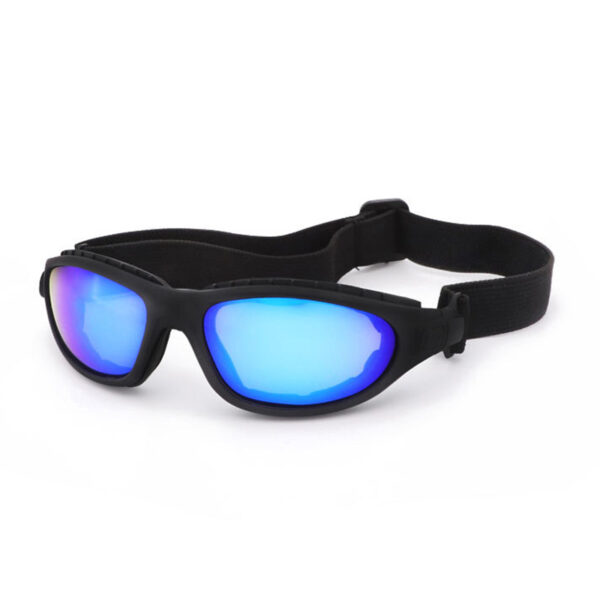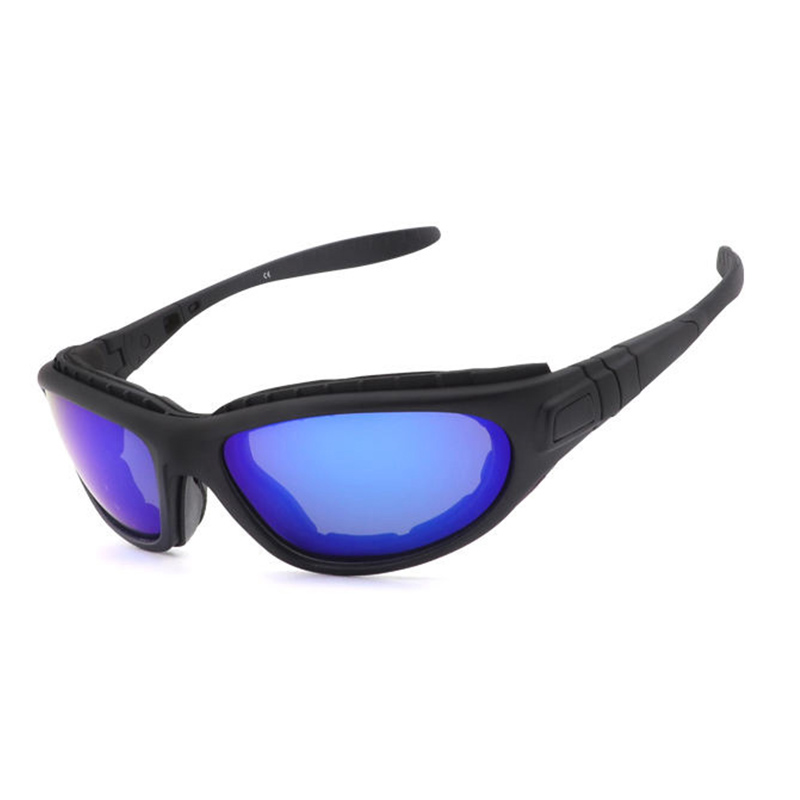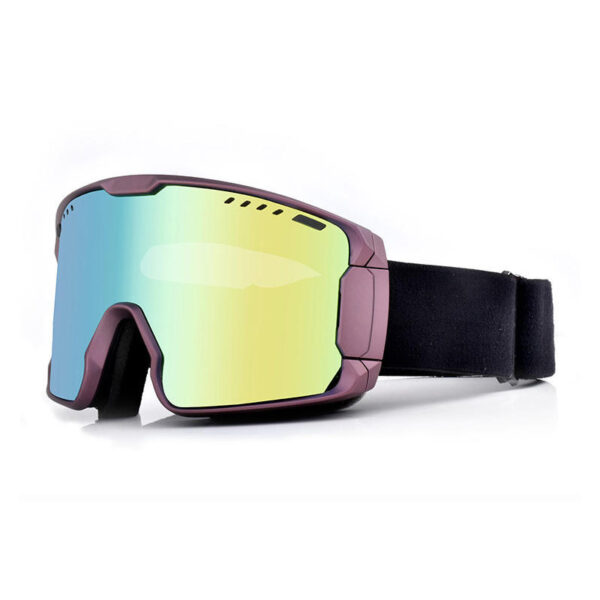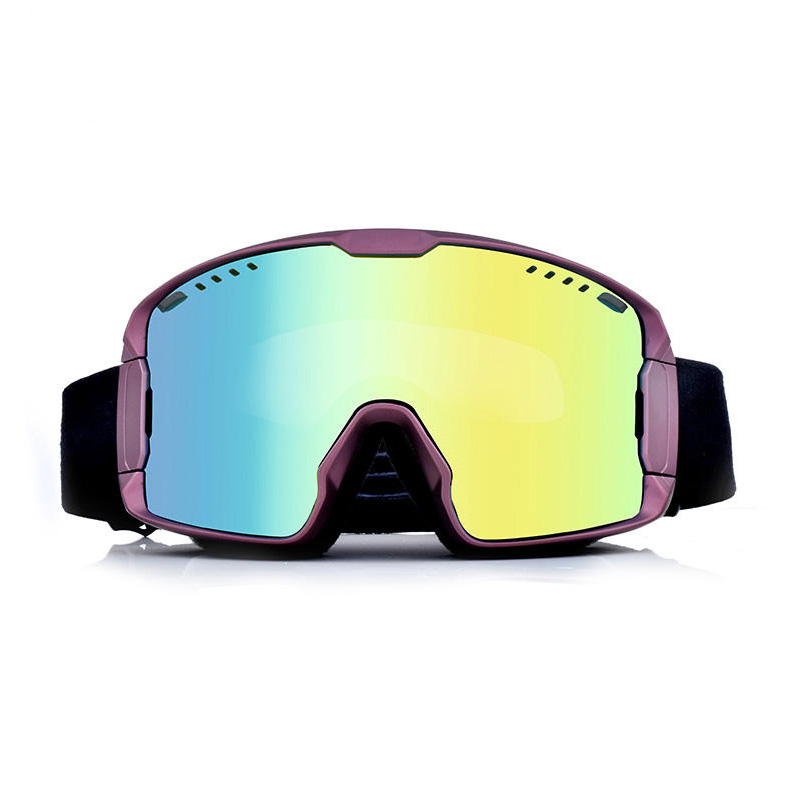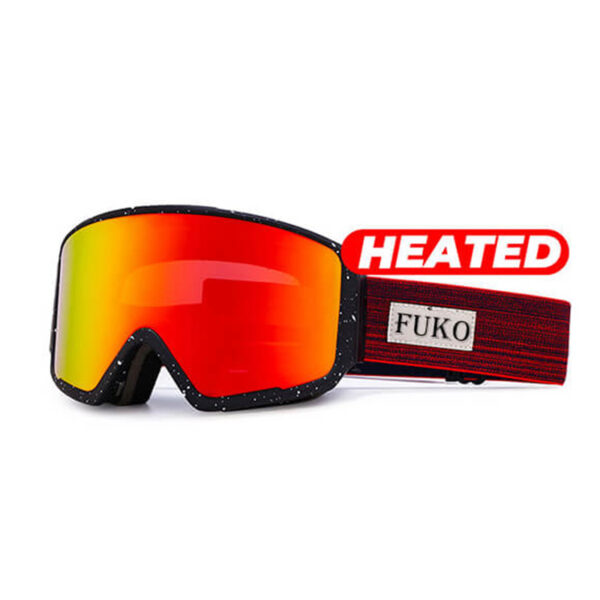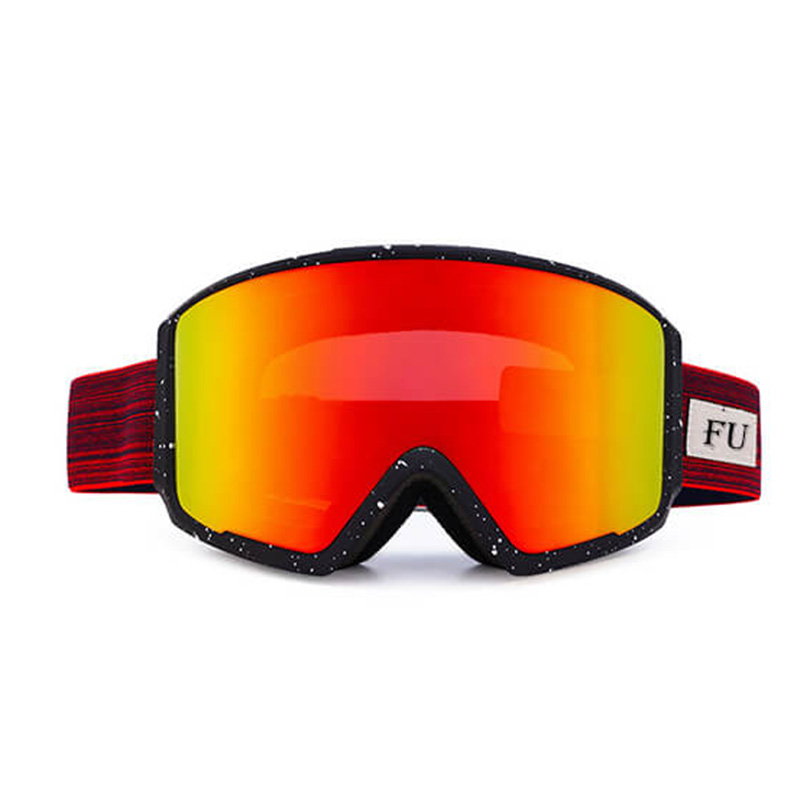Ski goggles are essential for any skier or snowboarder. They protect your eyes from the sun, wind, and snow while providing clear vision on the slopes. But how long do ski goggles last? In this article, we’ll explore the lifespan of snow goggles, how to tell if they’re good quality, what happens if you don’t wear them, and how to keep them clear and fog-free.
How Long Do Ski Goggles Last?
The lifespan of snow goggles depends on several factors, including the quality of the materials, how often they are used, and how well they are cared for. On average, a pair of snow goggles can last 1-5 years. However, if you’re an avid skier or snowboarder and use your goggles frequently, they may need to be replaced more often.
One way to extend the life of your snow goggles is to invest in a high-quality pair. Look for goggles with lenses made from polycarbonate or other durable materials that are scratch-resistant and provide 100% UV protection. Additionally, make sure the frame is sturdy and well-made, with a comfortable fit that won’t cause pressure points or discomfort.
How Do I Know If My Ski Goggles Are Good?
There are several things to look for when determining if your ski goggles are of good quality. First, check the lenses for any scratches or damage. If the lenses are scratched, they can distort your vision and reduce the effectiveness of the goggles. Next, make sure the goggles fit securely and comfortably, with no gaps between the frame and your face. Finally, check the ventilation system to ensure that air can flow freely through the goggles, preventing fogging and moisture buildup.
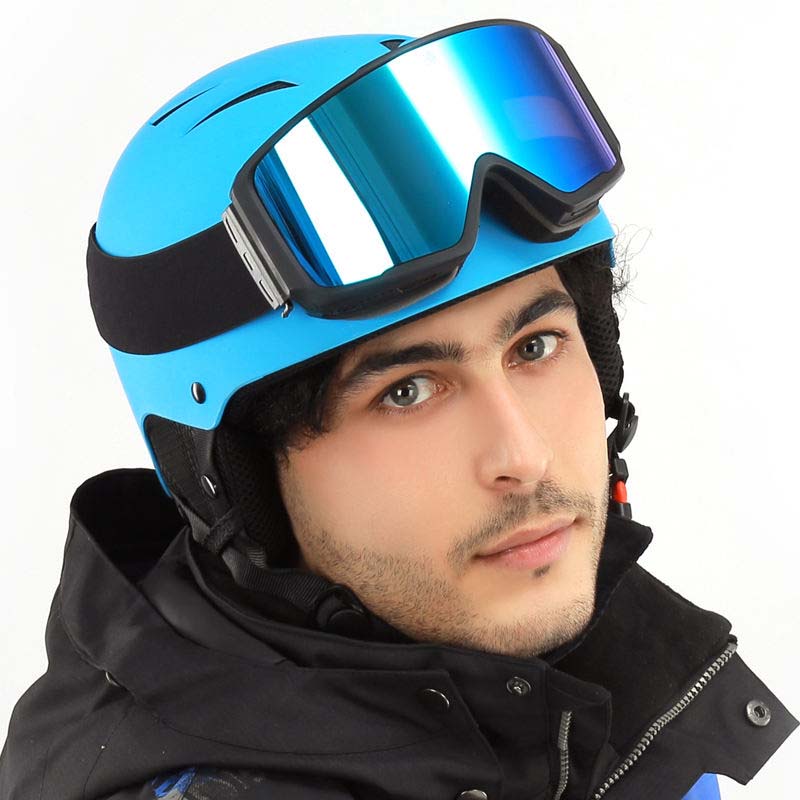
What Happens If You Don’t Wear Ski Goggles?
If you don’t wear snow goggles, you’re putting your eyes at risk for a variety of injuries. Snow and ice can reflect up to 80% of the sun’s UV rays, which can cause snow blindness or photokeratitis – a painful condition that feels like a sunburn on your eyes. In addition, wind and debris can cause irritation, dryness, and even corneal abrasions. Finally, wearing skiing goggles can improve your visibility on the slopes, helping you avoid obstacles and other skiers.
How Do I Keep My Ski Goggles Clear?
Keeping your skiing goggles clear is essential for maintaining good visibility on the slopes. Here are some tips for keeping your goggles clean and clear:
- Avoid touching the lenses with your fingers, as this can leave smudges and fingerprints.
- Use a soft, microfiber cloth to wipe the lenses clean.
- If your goggles get wet, shake off any excess water and let them air dry before wiping them down.
- Store your goggles in a protective case when not in use to prevent scratches and damage.
If you want to learn more about this, you can refer to the article below.
Read More: Things About How To Clean Ski Goggles
How Do You Deal With Foggy Ski Goggles?
Foggy ski goggles can be frustrating and dangerous on the slopes. Here are some tips for preventing and dealing with foggy goggles:
- Choose goggles with a well-designed ventilation system that allows air to flow freely through the goggles.
- Use an anti-fog spray or wipe to coat the lenses before hitting the slopes.
- Avoid tucking your face mask or balaclava under your goggles, which can trap moisture and cause fogging.
- If your goggles do fog up, take them off and let them air out for a few minutes before wiping them clean.
How Often to Replace Ski Goggles?
Ski goggles should be replaced when you notice significant wear and tear. This includes damaged lenses, compromised straps, or a worn-out frame. If the goggles no longer fit well, fog up frequently, or no longer offer proper UV protection, it’s time to get a new pair. Replacing goggles every 1-2 years for frequent skiers can ensure optimal performance.
Why Do My Goggles Leave Marks?
Goggles can leave marks on your face if they don’t fit properly or if the foam padding is too tight or too loose. These marks can also result from sweat or moisture trapped between the goggles and your face, causing the foam to press against the skin. To avoid marks, make sure your goggles fit snugly but comfortably and are adjusted properly to minimize pressure points.
Conclusion
Ski goggles are an essential piece of gear for any skier or snowboarder. With proper care and maintenance, they can last for several years and provide clear vision and protection on the slopes. When choosing ski goggles, look for high-quality materials, a comfortable fit, and effective ventilation to ensure the best possible performance. Remember to keep your goggles clean and clear and take steps to prevent fogging for a safe and enjoyable skiing experience.
Also Read: Do Ski Goggles Fit Over Glasses

